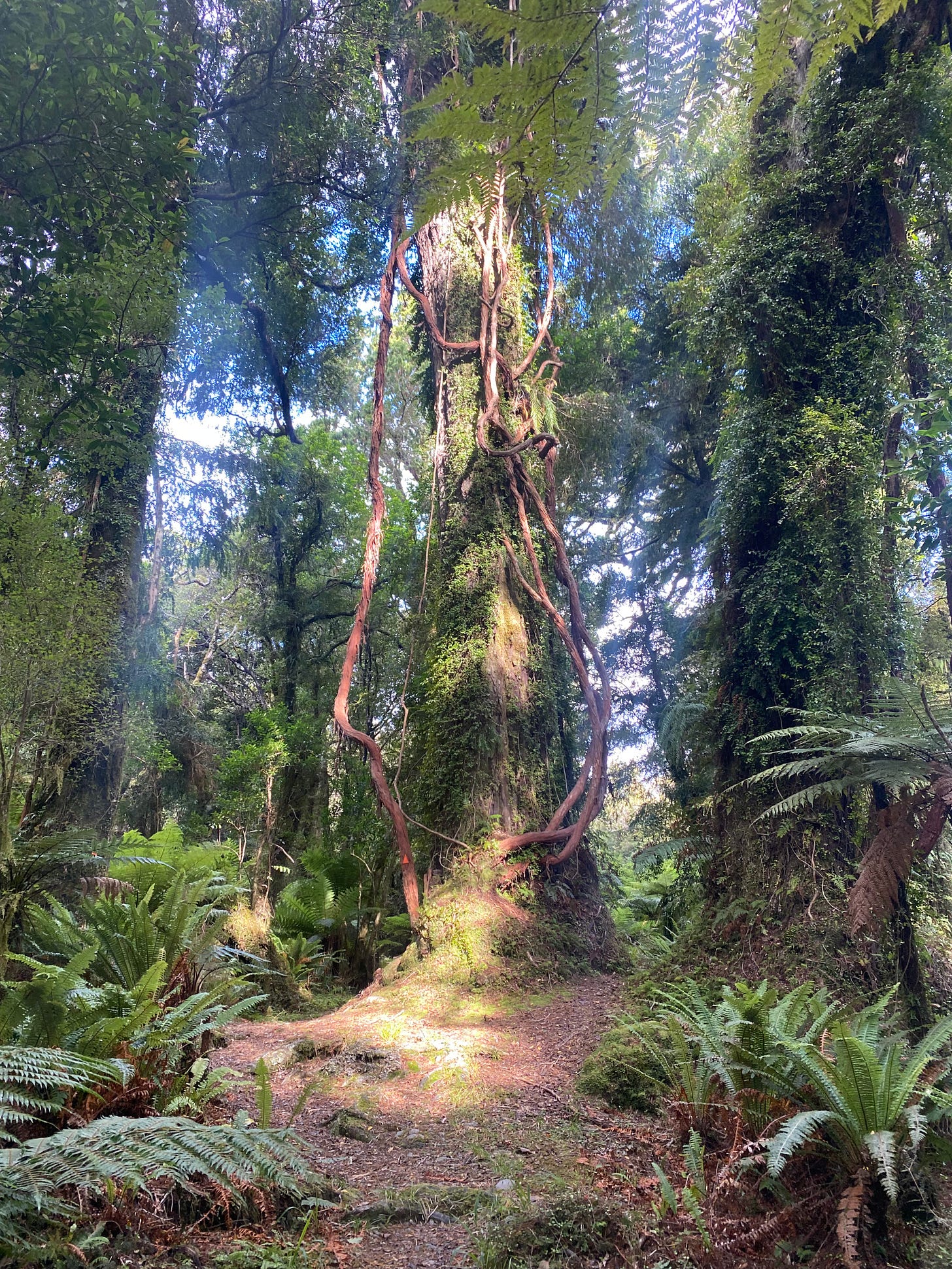The final printed edition
And why it's taken a long time for "digital" to mean "paperless"
Early digital computers were a boon for paper manufacturers. The 1960s and 70s featured punched cards, paper tape, teletypes and noisy line printers, the latter chewing through small forests of continuous-feed perforated paper. The personal computer, graphical user interface, and laser printer spawned desktop publishing in the 80s, requiring yet more paper!
While predictions of a paperless office date back to 1975, the required digital infrastructure didn’t start to emerge until the mid-90s — the internet, global email, and document standards such as PDFs. And it wasn’t until the 2010s that reading devices — Kindles, iPads, LED monitors, etc. — started to offer a reasonable on-screen alternative to paper, as well as becoming ubiquitous, convenient and (relatively) inexpensive.
Worldwide paper and paperboard production grew slowly over 2014 to 2017 (+1.1% per year) then declined in 2018 and 2019 (-1.3% per year).1 So perhaps the world has finally turned the corner towards a paperless future, and one with less pressure on wild forests.
And now it’s time for the NZAE to say goodbye to paper — at least for Asymmetric Information. The final printed edition is on its way to members via snail mail. If you prefer a digital copy, then read it here.
This issue features:
contributions from past editors Nancy Devlin, Stuart Birks, John Creedy, Viv Hall, and John Yeabsley
the second half of the long interview of Brian Easton by Brian Easton
Grant Scobie’s 2B RED, featuring recent books by New Zealand economist authors
two episodes of Paul Walker’s Blogwatch
Ian Duncan on the now largely forgotten New Zealand economist Dick Campbell, who in his day made an enormous contribution to a small country.
Lastly, a big thank you to John Yeabsley, AI editor from 2017 to 2022, for his long-standing contributions to AI and the NZAE. I hope to feature a longer interview with John later this year.
International Energy Agency (2021). Pulp and Paper, IEA, Paris.


